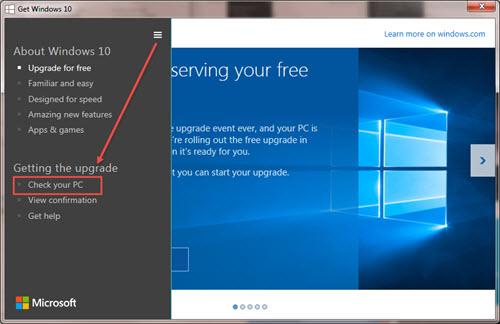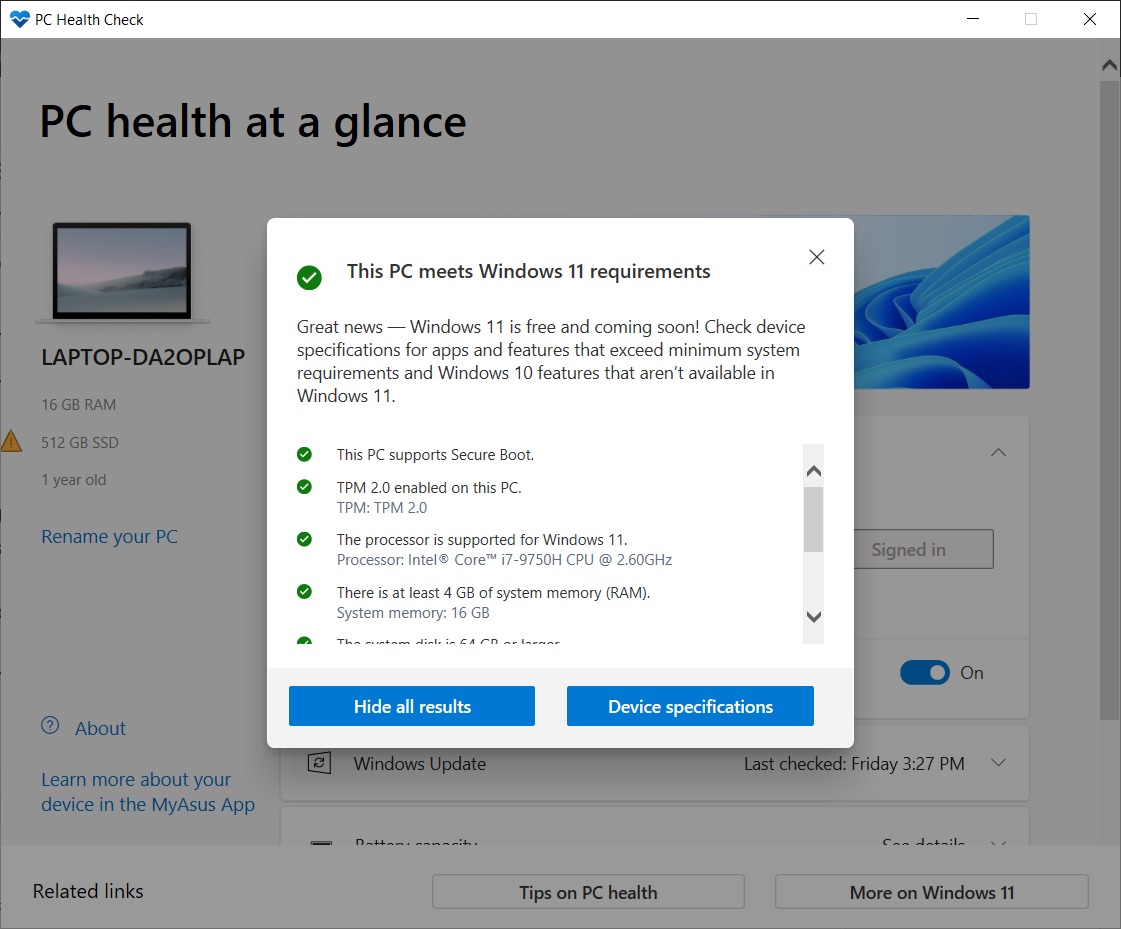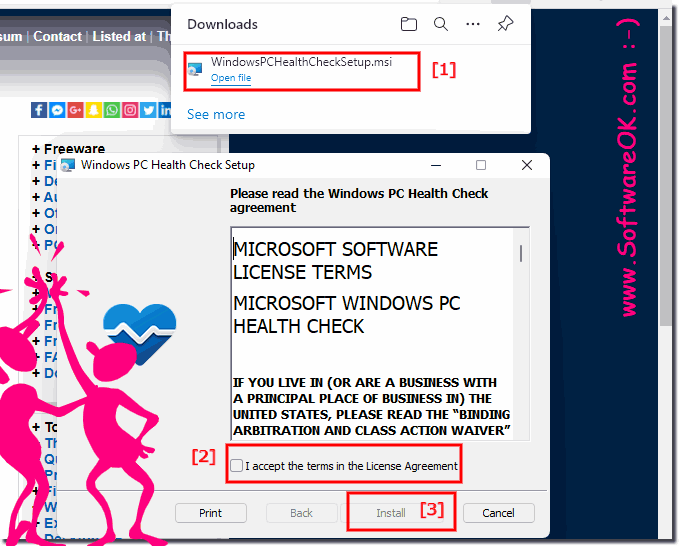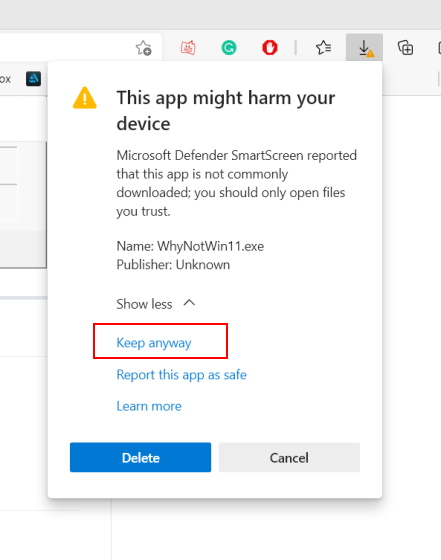

Select the USB device that you want to install Windows 11 to. You’ll see a Windows 11 section at the top of the app. Insert a blank 16GB or larger USB stick then open Rufus.ģ. Then check the Open Windows PC Health Check box and select Finish. Download the latest version of Rufus and install it on your machine. At the time of writing the latest version is 3.19 which includes the Extended Windows 11 Image support.Ģ.

Second, because it's on a Flash drive, it's more difficult to use for installing Windows 11 on a virtual machine where an ISO file would be ideal.ġ.

First, it requires a 16GB or larger USB Flash drive. You can either boot off of this USB Flash drive to do a clean Windows 11 install or run the setup file off of the drive from within Windows 10 to do an in-place upgrade.įor most people, this method is ideal, but there are a couple of disadvantages. With Rufus, a free utility, you can create a Windows 11 install disk on a USB Flash drive with settings that disable the TPM, RAM and CPU requirements. Right-click (or press and hold) on the task called Microsoft Compatibility Appraiser, then select Run. Click on Check Now to see if your PC is compatible with Windows 11. On the top, you will find a banner saying Introducing Windows 11. Now, install the PC Health Check app and launch it. Using the left navigation pane, navigate to \Microsoft\Windows\Application Experience. If you want to know whether your laptop or PC qualifies for Windows 11, the following list of tests will give you a clear indication. Go ahead and download the PC Health Check app ( Free) on your Windows PC. How to Bypass Windows 11's TPM Requirement Using Rufus Press Windows logo key + S or select Search, type task scheduler, and select Task Scheduler from the list of results. You should be able to continue with your Windows 11 installation as normal.



 0 kommentar(er)
0 kommentar(er)
